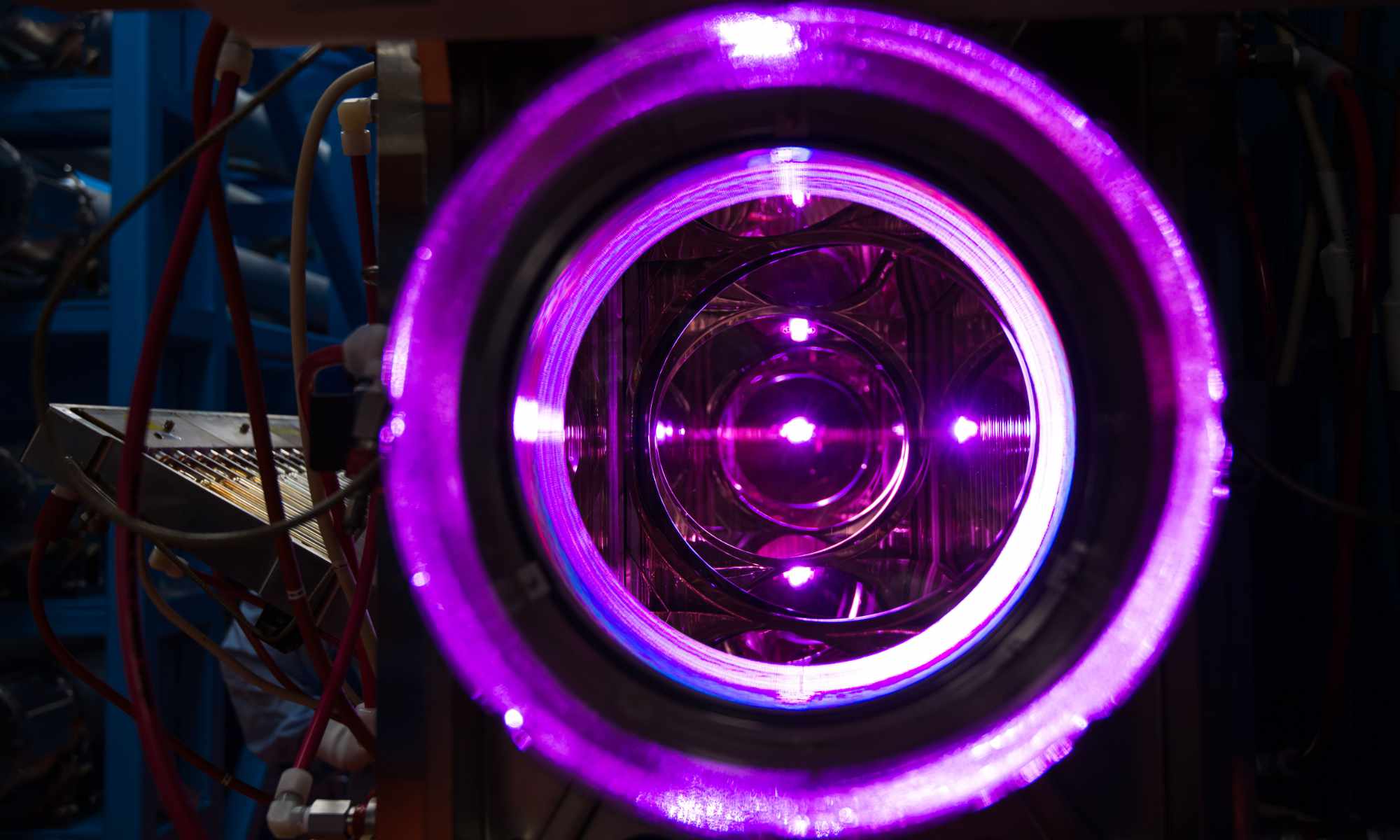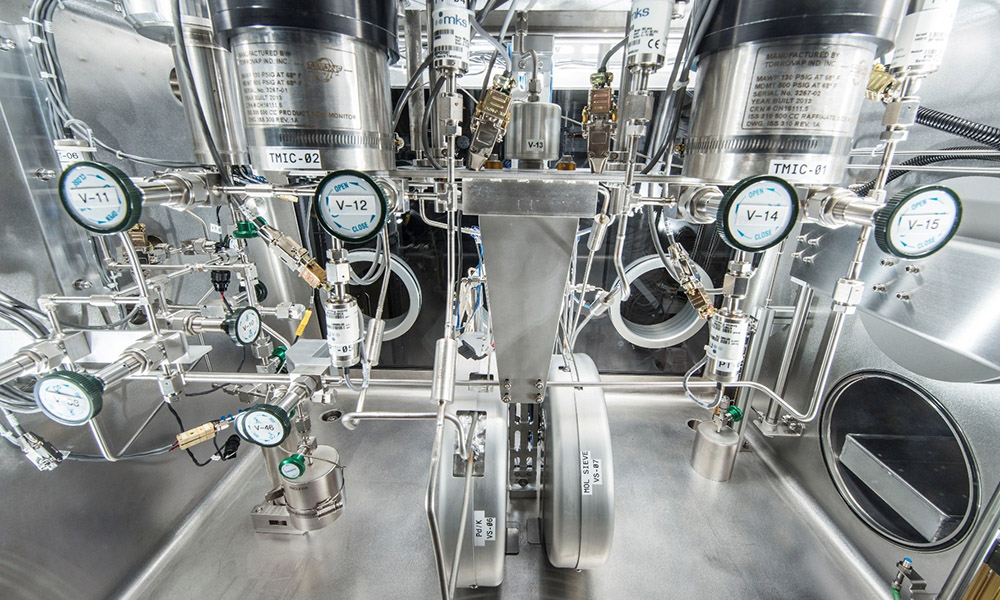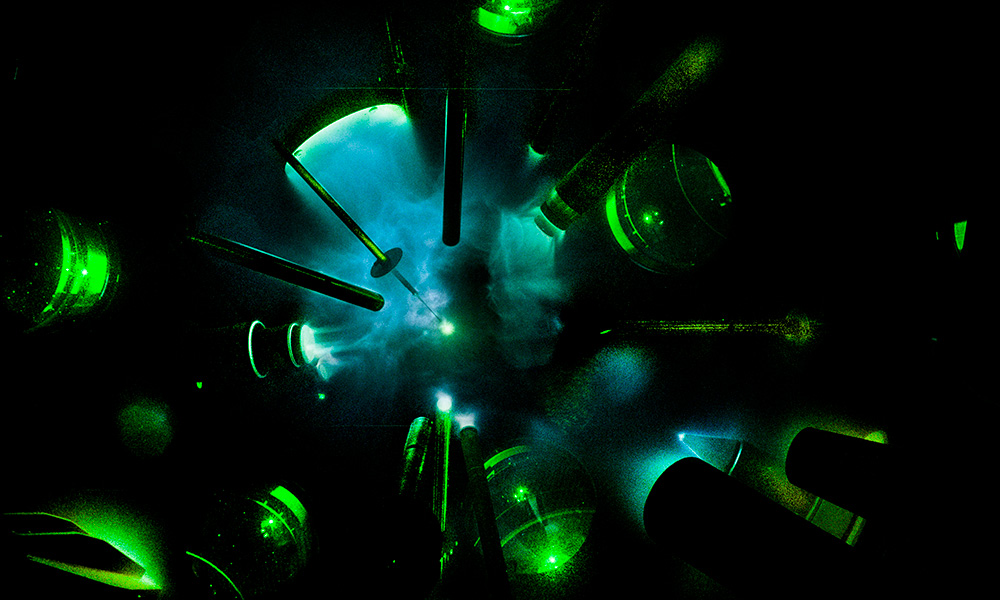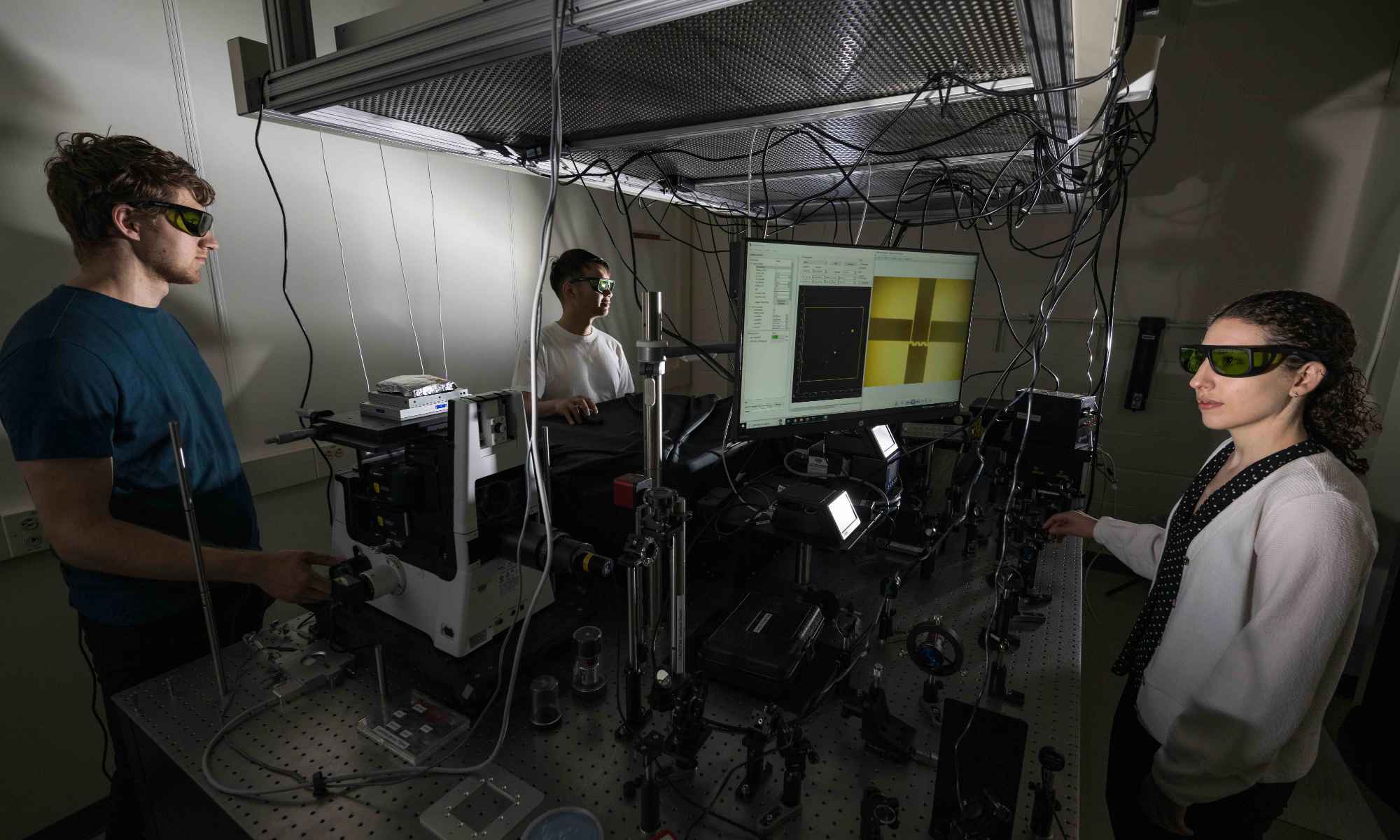Rochester scientists will develop machine learning to help predict, design, and improve laser-fusion implosions for inertial fusion energy.
Researchers from the University of Rochester and Hewlett Packard Enterprise believe artificial intelligence can help scientists take the next step toward creating fusion energy sources. The US Department of Energy is providing a team of fusion physicists and computer scientists nearly $3 million to explore how machine learning and data science can help predict, design, and improve laser-fusion implosions.
For years, scientists have been using lasers to try to generate fusion energy through a process called inertial confinement fusion, where targets filled with fuel are compressed and heated to initiate nuclear fusion reactions. But so far, tests at laser facilities such as OMEGA at Rochester’s Laboratory for Laser Energetics (LLE) have generated less energy than simulations predicted.
“Despite many years of laser-driven inertial confinement fusion research, there is not a clear path to the high-energy gains required for inertial fusion energy,” says principal investigator Riccardo Betti, LLE’s chief scientist and the Robert L. McCrory Professor in the Department of Mechanical Engineering and in the Department of Physics and Astronomy. “However, we now have a wealth of experimental data that we can harness with machine learning to systematically correct the simulations and guide real-time adjustments to experiments.”
The team will use the OMEGA experimental database as training data as well as the simulation databases from the LLE radiation hydrodynamic codes. Ultimately, they hope the machine learning models they develop will help them design higher performing implosions and better understand the complexity of the underlying nonlinear physics of fusion.
The project brings together inertial confinement fusion physicists from LLE and artificial intelligence and machine learning experts from Rochester’s Department of Computer Science and from Hewlett Packard Enterprise. Co-PIs from Rochester include Associate Professor of Computer Science Christopher Kanan and LLE scientist Varchas Gopalaswamy. The researchers aim to complete the study by 2026.
Read more
 New technique may help achieve mass production fusion energy
New technique may help achieve mass production fusion energy
Dynamic shell formation has been demonstrated experimentally for the first time at the University’s Laboratory for Laser Energetics.
 Laboratory for Laser Energetics joins team to develop commercial fusion energy
Laboratory for Laser Energetics joins team to develop commercial fusion energy
The US Department of Energy program partners private companies with national laboratories and universities to design the first commercial fusion power plant.
 With data science, Rochester’s laser lab moves closer to controlled nuclear fusion
With data science, Rochester’s laser lab moves closer to controlled nuclear fusion
A Rochester team of more than 50 scientists has used big data to triple fusion yields.




